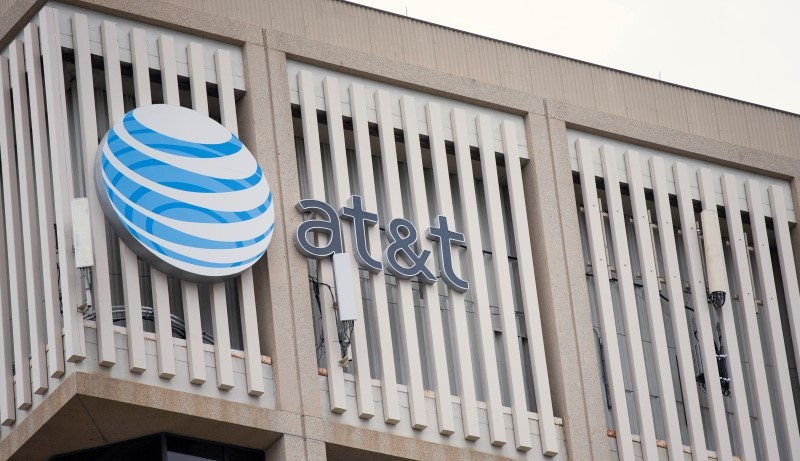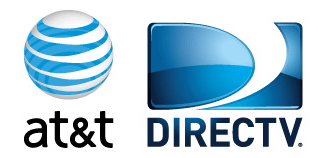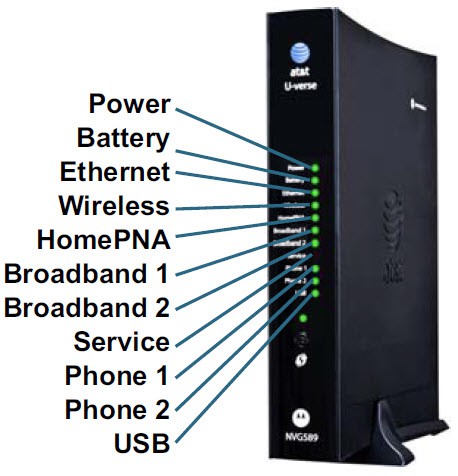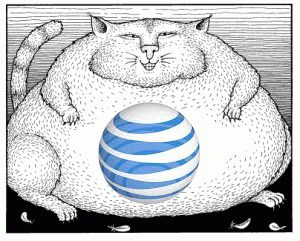
An AT&T Logo is pictured on the side of a building in Pasadena, California, January 26, 2015. REUTERS/Mario Anzuoni
Editor’s Note: Stop the Cap! learned in May from a well-placed source that the FCC would “get serious” about data caps if Comcast moved to further expand them in its service areas across the country. It appears that day has arrived although it is too early to tell what direction the FCC will move in. Comcast’s data cap program has grown the most controversial, triggering at least 13,000 consumer complaints from what the company continues to claim is only a limited “trial.” But wireless providers’ growing interest in exempting certain data from counting against a customer’s allowance — a practice known as “zero rating” — has also attracted interest because of its potential impact on Net Neutrality policies.
WASHINGTON (Reuters) – The Federal Communications Commission said on Thursday it has asked major Internet providers to discuss innovative data policies in the wake of the government’s Net Neutrality rules.
FCC chairman Tom Wheeler told reporters Thursday that commission staff sent letters on Wednesday to AT&T, Comcast and T-Mobile “to come in and have a discussion with us about some of the innovative things that they are doing.”
Wheeler said the letters are focused on data policies.
T Mobile has introduced a new “Binge On” policy that does not count some digital video services against data limits.
Comcast is rolling out its own live streaming TV service called “Stream TV” that would not count usage against data caps if using Comcast services.
AT&T has had “sponsored data plan” programs that allow content providers to subsidize users wireless data.
Wheeler said the commission wants to welcome innovation in its open Internet order. He said the commission wants to “keep aware” of what is going on.
On Dec. 4, a U.S. appeals court heard arguments on Friday over the legality of the FCC’s Net Neutrality rules, in a case that may ultimately determine how consumers get access to content on the Internet.
The fight is the latest battle over Obama administration rules requiring broadband providers to treat all data equally, rather than giving or selling access to a so-called Web “fast lane.”
(Reporting by David Shepardson; Editing by Chizu Nomiyama)


 Subscribe
Subscribe In the darkness of night, Congress on Tuesday handed some of America’s largest telecom companies
In the darkness of night, Congress on Tuesday handed some of America’s largest telecom companies  Despite cost savings
Despite cost savings  AT&T’s Voice 1000 plan is increasing to $30 a month and the Voice 250 plan will rise by $2, to $27 per month;
AT&T’s Voice 1000 plan is increasing to $30 a month and the Voice 250 plan will rise by $2, to $27 per month;

 Most customers affected by this charge discover it after upgrading their service or when technicians replace older equipment, often accompanied by a promise there would be no extra charges or fees, something customers learn isn’t always true after their next bill arrives.
Most customers affected by this charge discover it after upgrading their service or when technicians replace older equipment, often accompanied by a promise there would be no extra charges or fees, something customers learn isn’t always true after their next bill arrives. On Monday, AT&T announced 38 additional cities that will eventually have access to its gigabit broadband offering – AT&T U-verse with GigaPower, but the company remains coy about the number of customers that can actually order the service today across the 56 metro areas that will eventually be served by AT&T’s fiber to the home network.
On Monday, AT&T announced 38 additional cities that will eventually have access to its gigabit broadband offering – AT&T U-verse with GigaPower, but the company remains coy about the number of customers that can actually order the service today across the 56 metro areas that will eventually be served by AT&T’s fiber to the home network.